With a per capita GDP of $900, Afghanistan ranks as one of the world's ten poorest countries. By any measure, challenges are numerous. Aid agencies observe an erosion of women's rights as foreign troops prepare to leave, the infant mortality rate is among the world's highest, and despite eradication efforts, 90 percent of the world's opium is still produced by Afghan farmers. Meanwhile, military fatalities approach 2800 since the war began in 2001. Civilians are afforded no such precision for their casualties, with varying estimates in the tens of thousands being the only accounting. Gathered here are images from the country made in October of the lives of women and children, daily life, and consequences of the conflict in Afghanistan and in the United States. -- Lane Turner (37 photos total)

Meena Rahmani, 26, owner of The Strikers, the country's first bowling center, holds a bowling ball in Kabul. In an Afghan capital scarred by years of war, a young Afghan woman has bet $1 million that the country could use a chance to have a bit of fun. Located just down the street from Kabul's glitziest mall, it offers a place where Afghan men,
women and families can gather, relax, bowl a few games and not be burdened by the social, religious and cultural restrictions that govern daily life in the impoverished country. (Muhammed Muheisen/AP)
women and families can gather, relax, bowl a few games and not be burdened by the social, religious and cultural restrictions that govern daily life in the impoverished country. (Muhammed Muheisen/AP)

An Afghan girl works at a brick factory on the outskirts of Jalalabad on October 10, 2011. (Rahmat Gul/AP)

Girls attend a class at a camp for the displaced in Kabul on October 11, 2011. Women's rights have improved in Afghanistan since the Taliban were ousted, but recent Oxfam data shows women's personal safety, opportunity, and human rights inside the nation are beginning to erode back to conditions that existed previously. Under the Taliban, girls schools had been closed, women were banned from working outside the home, and forced to wear the burqa. (Adek Berry/AFP/Getty Images)

Muttahara Mohammed, 5, attends a class on how to read verses of the Quran in a mosque in Kabul on October 26, 2011. (Muhammed Muheisen/AP)

An internally displaced Afghan girl smiles at a camp in Kabul on October 11, 2011. (Adek Berry/AFP/Getty Images)

Shafiyah, 27, released from prison after three years in jail, poses for a portrait at a shelter run by women for Afghan women in Kabul on October 12, 2011. Shafiyah was arrested and imprisoned after fleeing her Taliban husband who became destitute after the Taliban was ousted. Women's rights in Afghanistan risk being forgotten as international troops withdraw, reports by Oxfam and ActionAid said. (Adek Berry/AFP/Getty Images)

An Afghan child lies on the ground next to a woman begging for money in a street in Kabul on October 23, 2011. (Muhammed Muheisen/AP)

Afghan children pose for a picture on a destroyed armored vehicle on Wazir Akbar Khan hill in Kabul on October 12, 2011. (Omar Sobhani/Reuters)
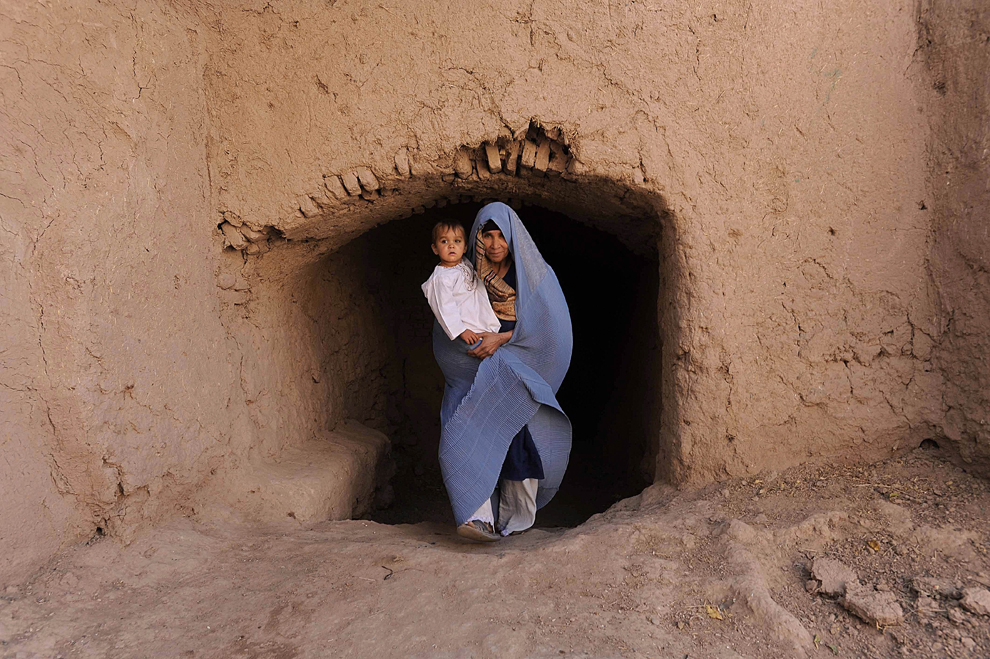
A burqa-clad Afghan woman holds her baby as she walks in the outskirts of Herat on October 25, 2011. (Shah Marai/AFP/Getty Images)
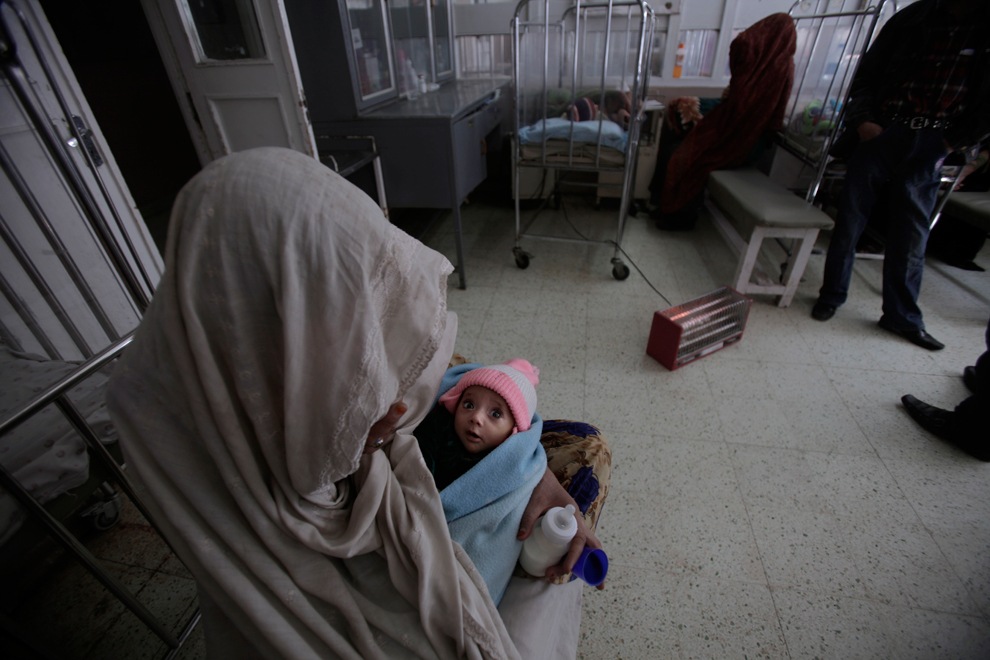
Tajj Woroh holds her son Deewar, 4 months, who suffers from chronic malnutrition, while waiting for a doctor at Indira Gandhi Children's Hospital in Kabul on October 27, 2011. (Muhammed Muheisen/AP)
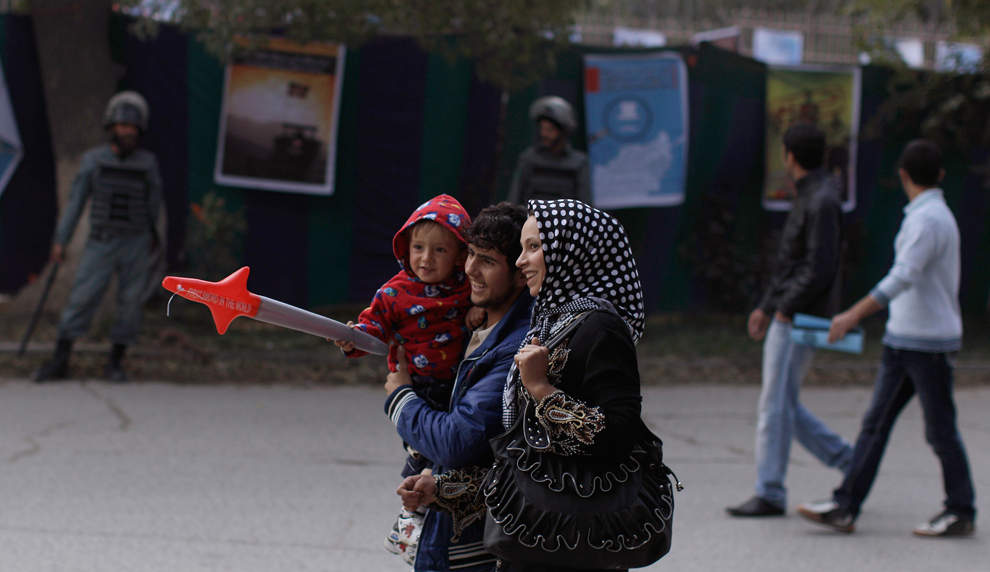
A family walks by riot police during a demonstration against a proposed U.S.-Afghan strategic security agreement in Kabul on October 24, 2011. Several hundred people demonstrated at Kabul University against the agreement that many interpret as affording foreign forces long-term bases in Afghanistan. (Muhammed Muheisen/AP)
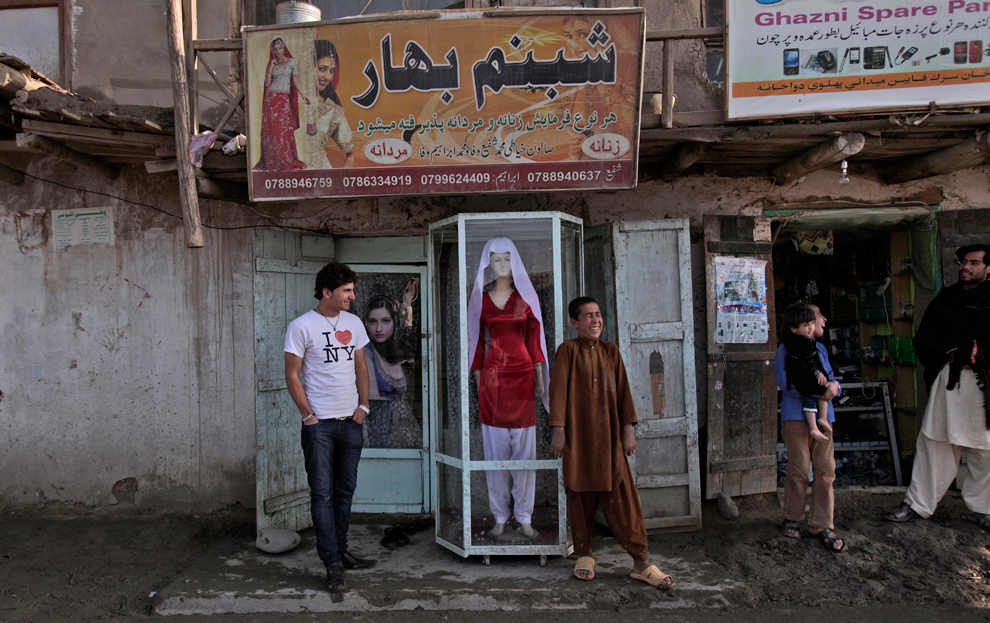
Ibraheem Khan, 22, stands in front of the clothes shop where he works in Kabul on October 23, 2011. (Muhammed Muheisen/AP)
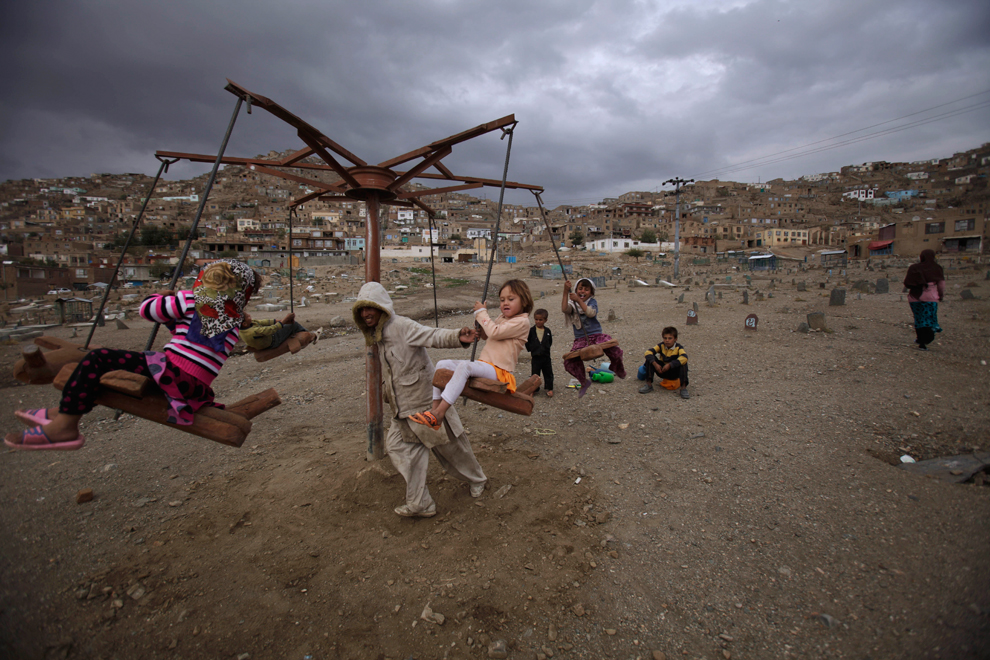
Afghan children enjoy a swing ride set up in a cemetery outside Sakhi shrine in Kabul on October 11, 2011. (Muhammed Muheisen/AP)

Mohammed Abdulraheem, 3, pauses while heading to school in Kabul on October 19, 2011. (Muhammed Muheisen/AP)
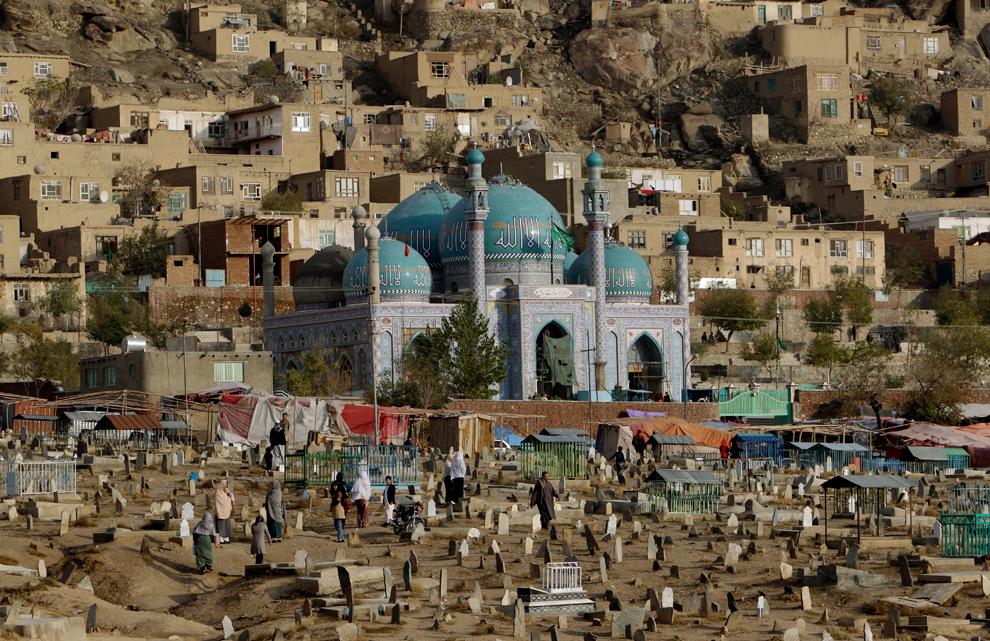
People visit a cemetery outside the Sakhi shrine in Kabul on October 24, 2011. (Muhammed Muheisen/AP)
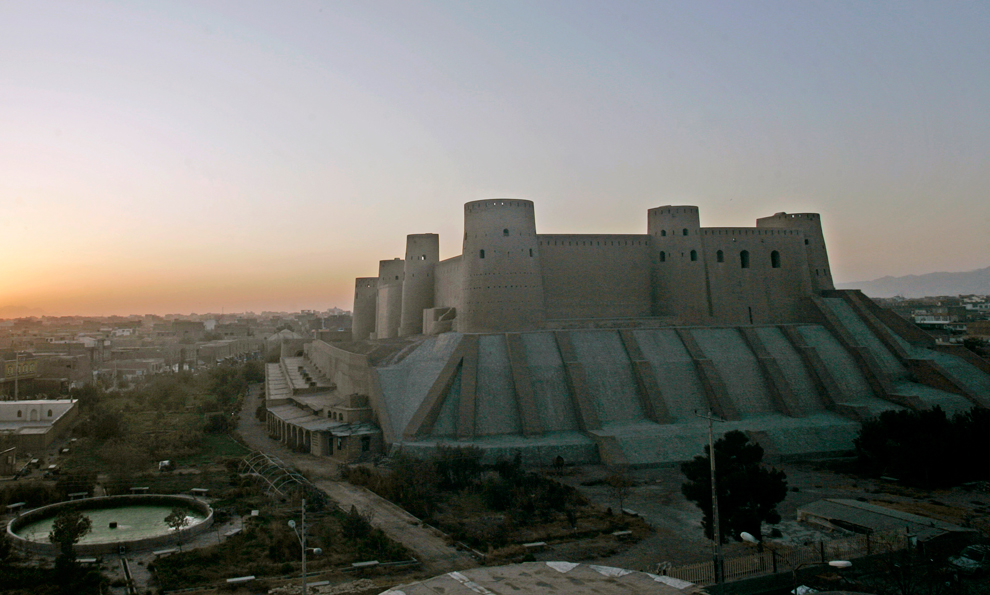
The Qala Iktyaruddin Citadel in Herat that dates back to Alexander the Great has been restored, a bright sign of progress in a country destroyed by war. The citadel and a new museum was completed by hundreds of local craftsmen with funding and support from the U.S. and German governments and the Aga Khan Trust for Culture. (Houshang Hashimi/AP)

Addicts smoke heroin in a destroyed building in Herat on October 17, 2011. Ten years after the 2001 American invasion to drive the Taliban from power, Afghanistan still produces 90 percent of the world's illegal opium, funding the insurgency despite an expensive Western eradication program. (Aref Karimi/AFP/Getty Images)
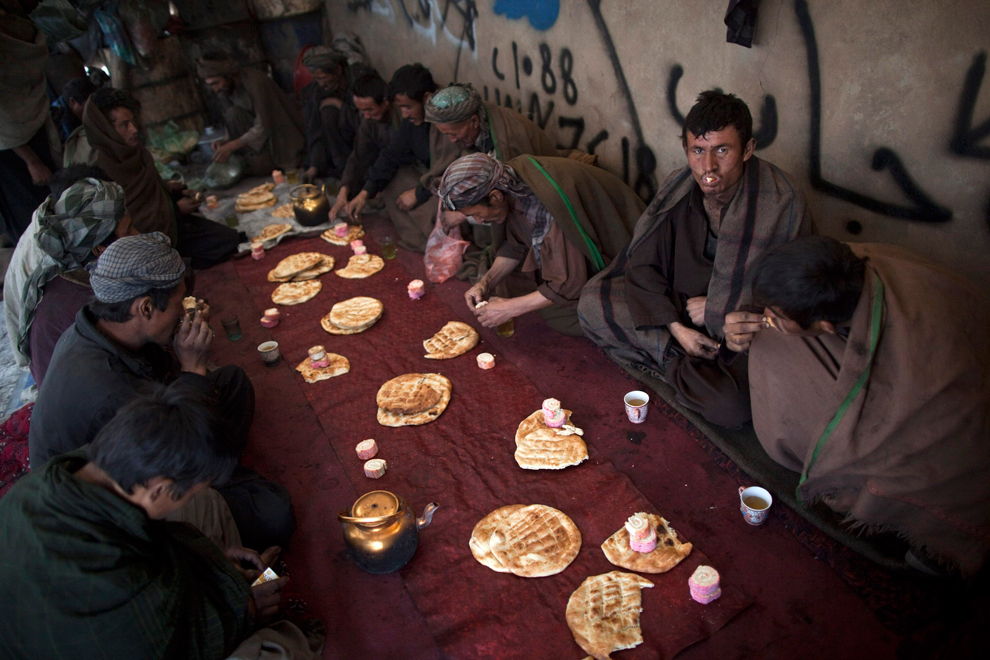
Laborers have breakfast in their quarters at a coal dump site outside Kabul on October 18, 2011. Each laborer earns ten dollars on an average working day. Most of them come from the northern provinces, leaving their families behind in search of fortune in the capital. (Ahmad Masood/Reuters)

Aziz Ahmad, 25, who believes he has mental problems, is chained to a wall during his 40-day incarceration at the Mia Ali Baba Shrine in Jalalabad on October 11, 2011. It is believed that 40 days in chains and a diet of bread and water at the 300-year old shrine can cure mentally ill people. Ahmad was chained by the shrine keeper at the request of his family. (Rahmat Gul/AP)

Shepherd Shirwali, who lost his right leg after stepping on a land mine, rests at the International Committee of the Red Cross orthopedic center in Kabul on October 9, 2011. According to the Red Cross, security and health care are the biggest humanitarian problems facing Afghanistan. (Adek Berry/AFP/Getty Images)
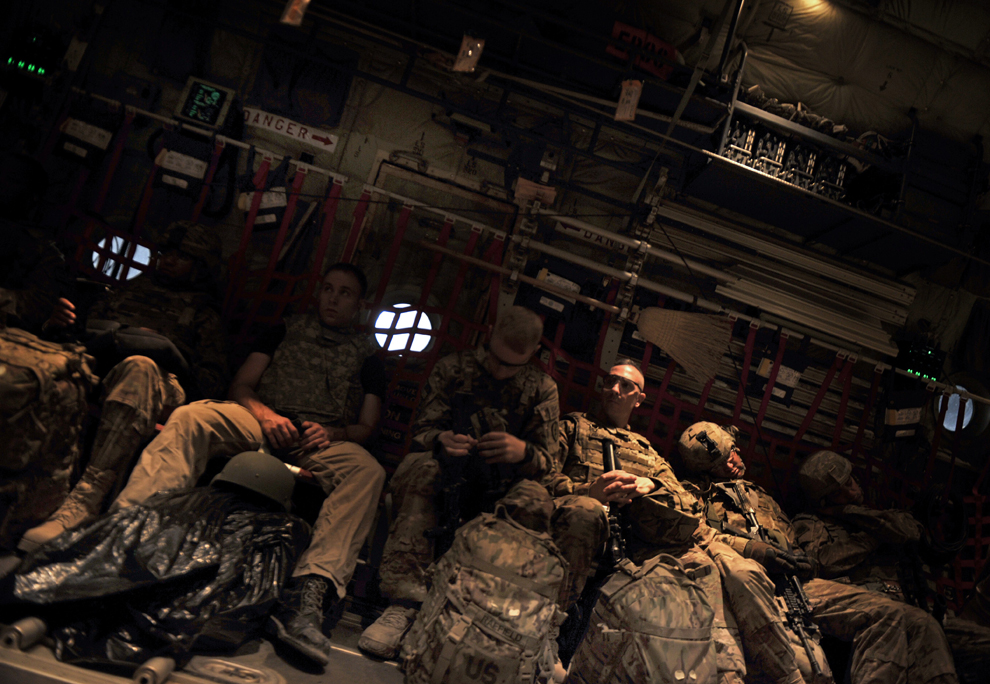
US soldiers fly on a military plane across Afghanistan on October 8, 2011. (Tauseef Mustafa/AFP/Getty Images)
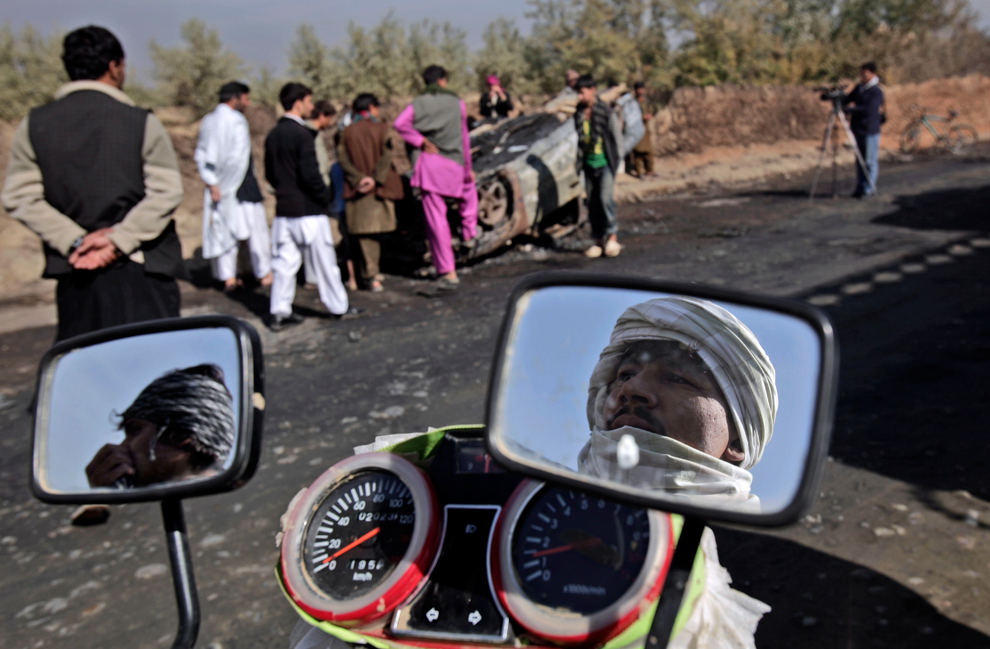
Afghanis look at the site of an explosion in a fuel truck in Parwan province on October 26, 2011. A bomb hidden inside exploded as scores of people gathered to collect fuel that was leaking, killing at least five. (Muhammed Muheisen/AP)
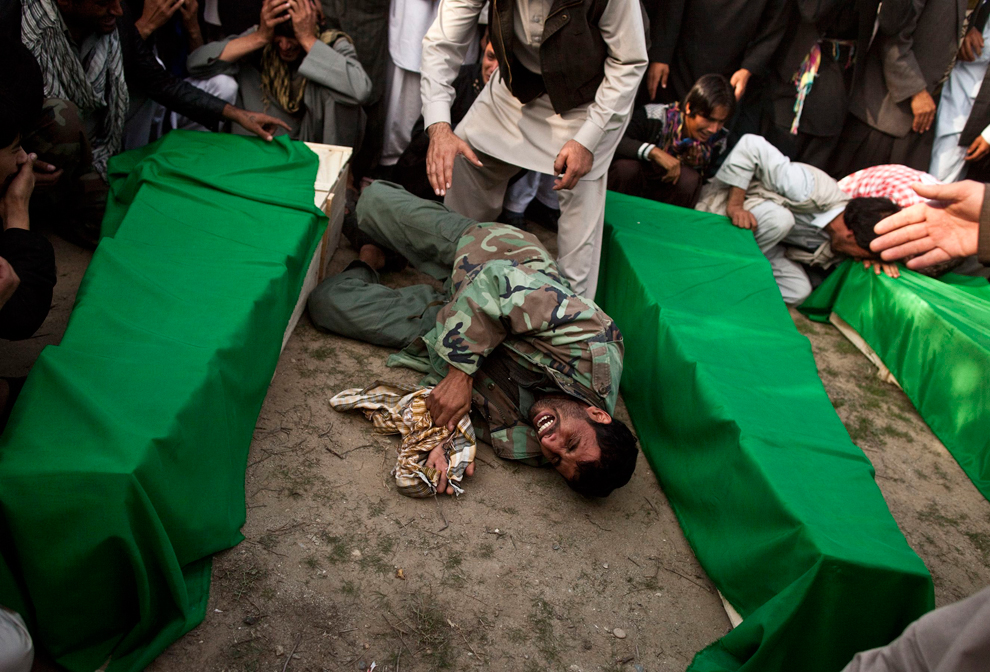
A man mourns his brother, who was killed in a fuel tanker blast in Parwan province on October 26, 2011. (Ahmad Masood/AP)
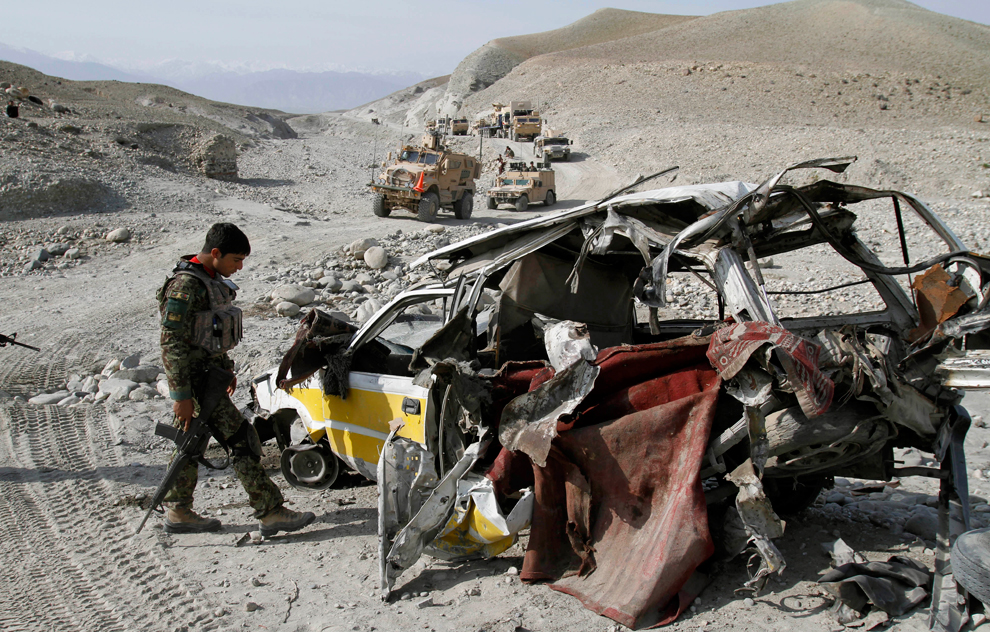
A security man checks the wreckage of a civilian car which was hit by a roadside bomb in Nangarhar province on October 28, 2011, killing two men, a woman and a child. (Rahmat Gul/AP)
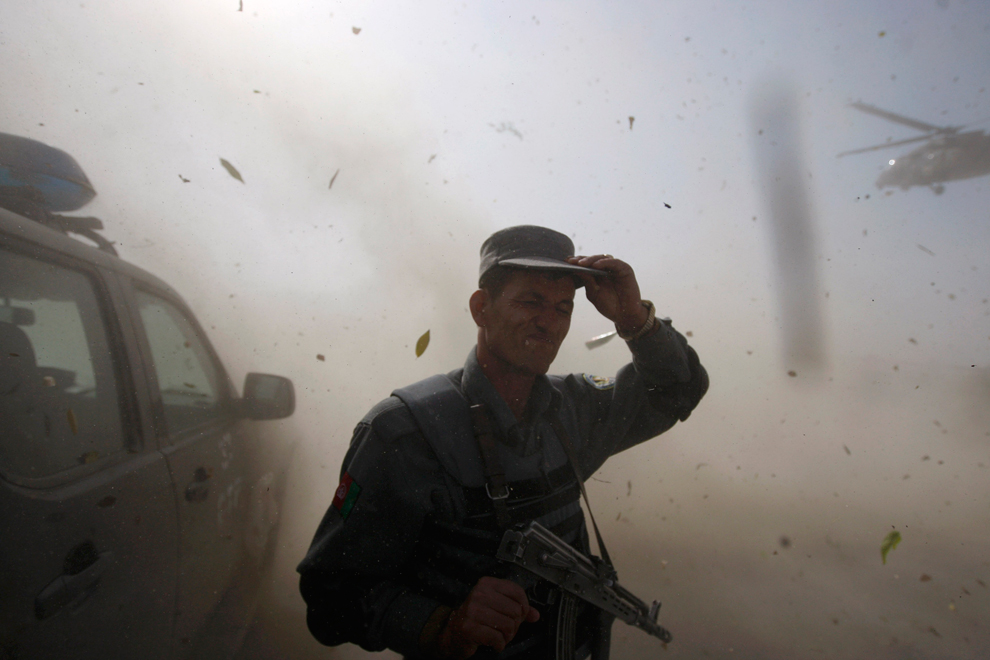
An Afghan policeman reacts as a U.S. helicopter lands at the site of a suicide attack in Kabul October 29, 2011. At least four people were killed when a suicide car bomber attacked a convoy of foreign soldiers. (Omar Sobhani/Reuters)
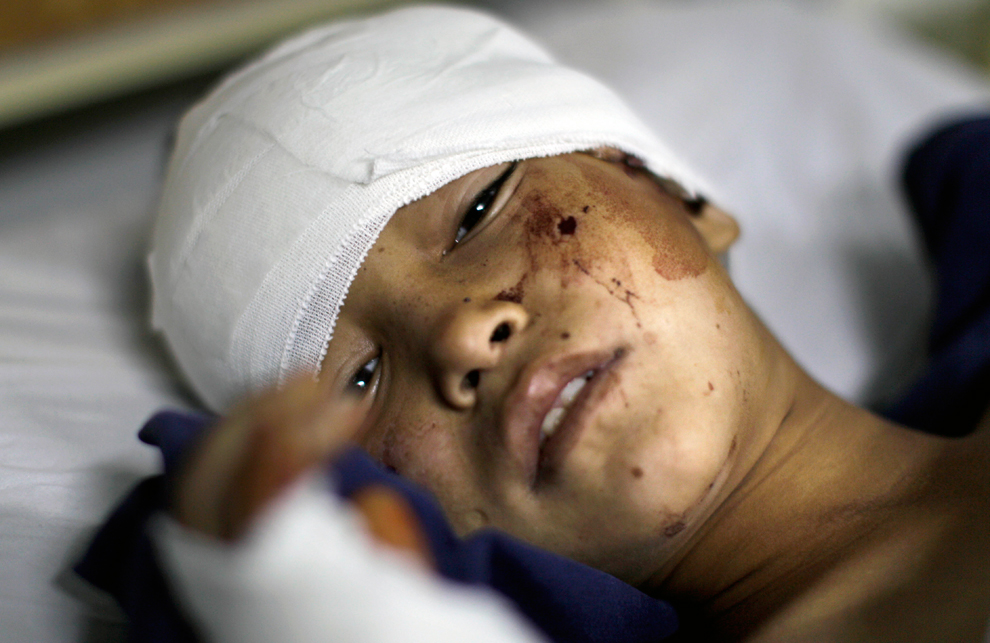
Ali Ahmad, 9, injured by a suicide car bomber, lies in a hospital bed after receiving treatment in Kabul on October 29, 2011. The Taliban claimed responsibility for the attack, which killed four Afghans, including a policeman, and 13 American soldiers. (Muhammed Muheisen/AP)
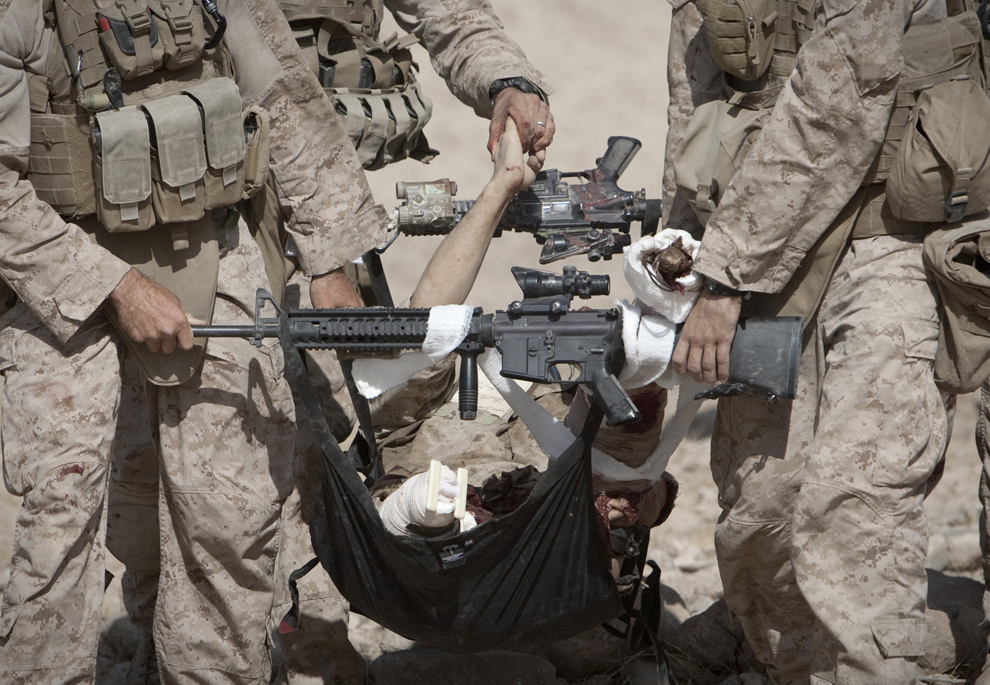
A severely wounded US Marine hit by an improvised explosive device is carried by his comrades to a helicopter on October 31, 2011. The Marine lost both his legs and fights for his life. (Behrouz Mehri/AFP/Getty Images)
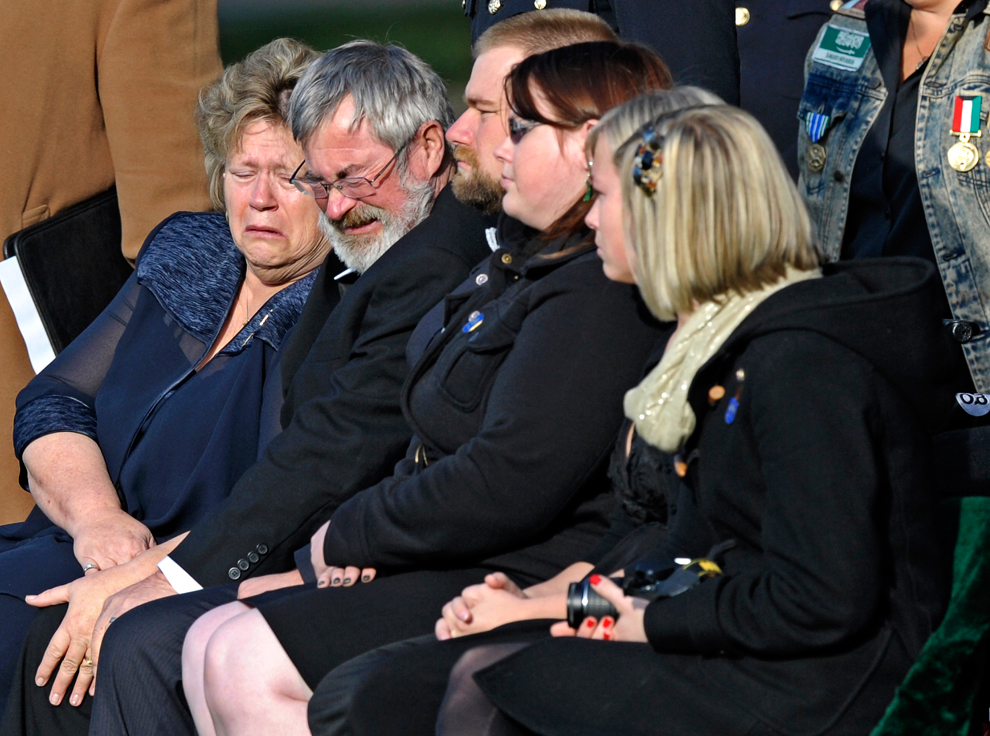
Donna and Dennis Elm (left) cry during the funeral of their son, Army Spc. Michael Elm, 25, of Phoenix, Ariz., at Arlington National Cemetery in Arlington, Va. on October 31, 2011. Insurgents attacked his unit in Khowst with an improvised explosive device. (Cliff Owen/AP)

A woman watches the casket of Army Pvt. Danny Chen placed in a hearse in Chinatown on October 13, 2011 in New York. Pvt. Chen, who had been in Afghanistan for two months, was found dead with a gunshot wound below his chin. While preliminary signs suggest Pvt. Chen killed himself, the Army told the soldier's parents he was subjected to taunting and violence by some of the soldiers with whom he served. (Spencer Platt/Getty Images)


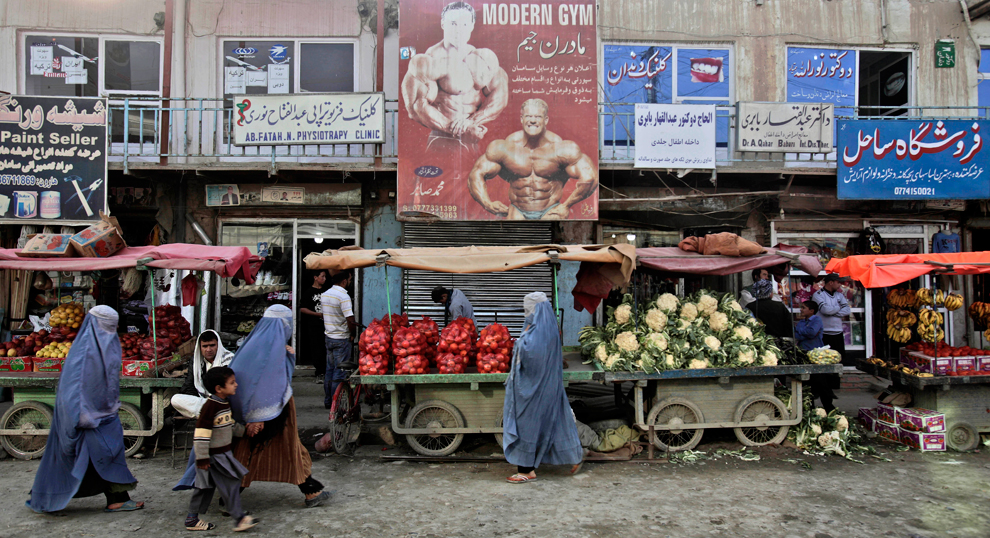
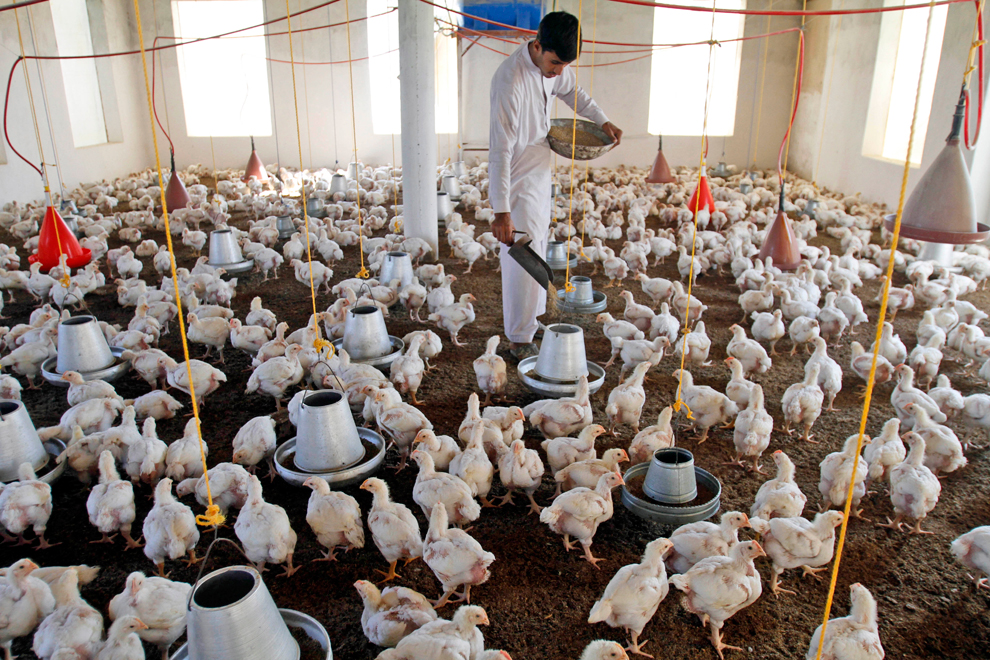
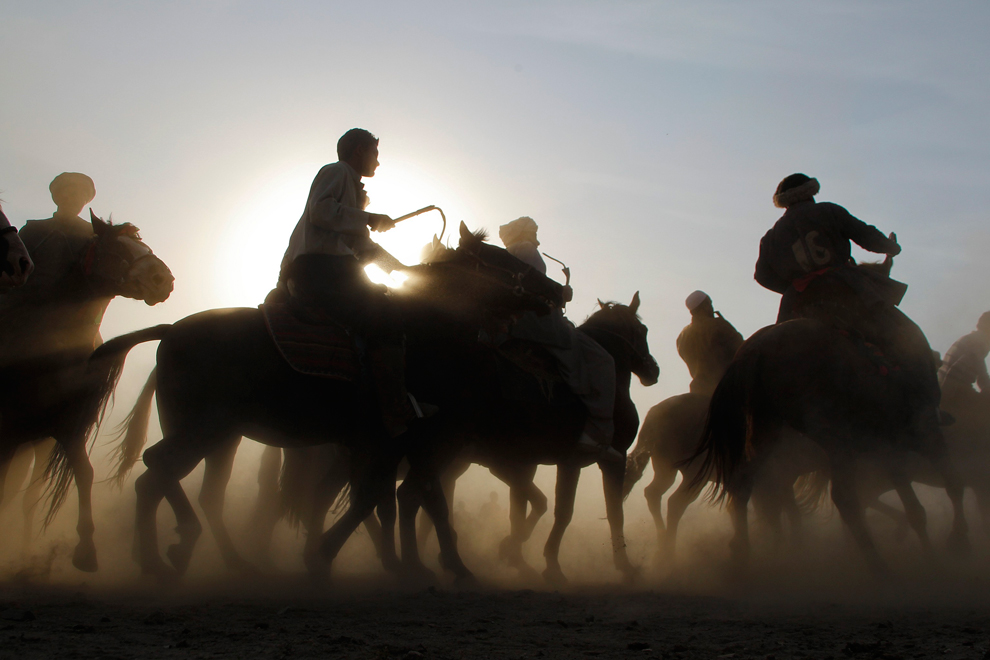
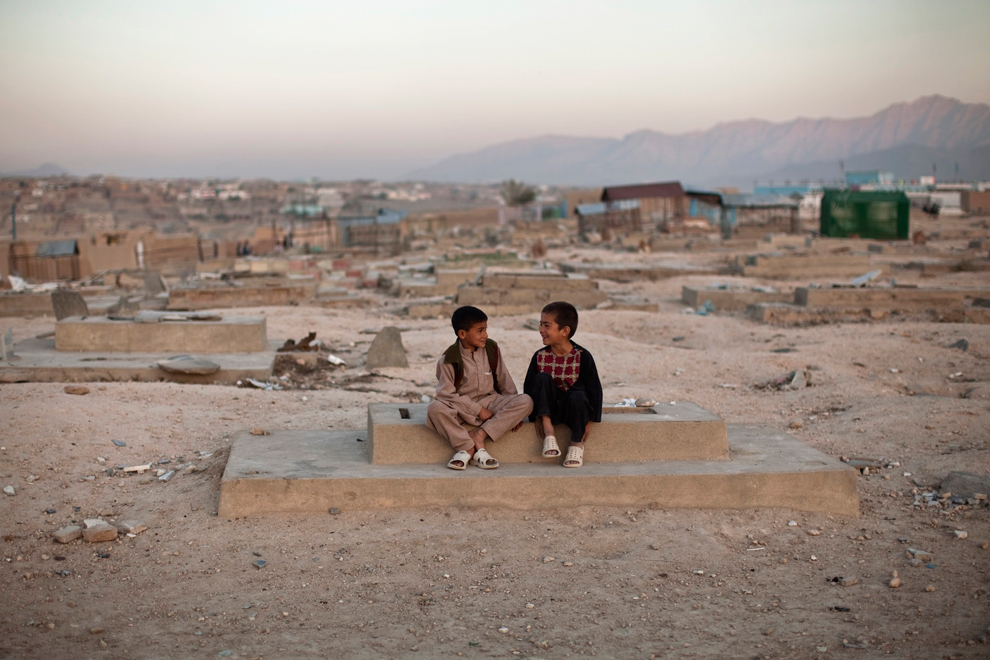
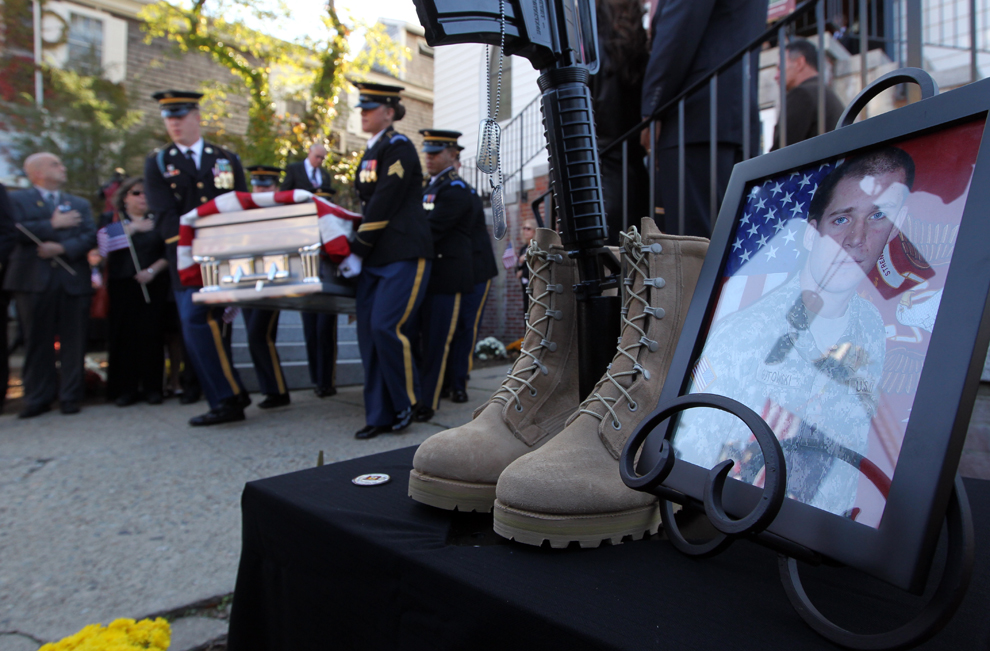

No comments:
Post a Comment